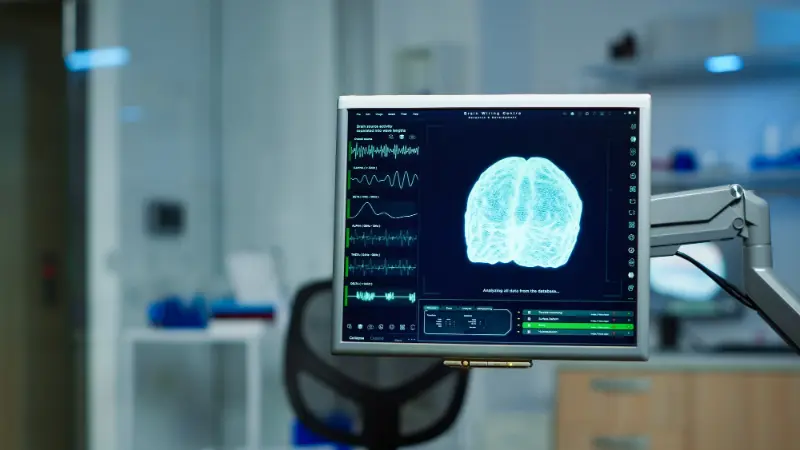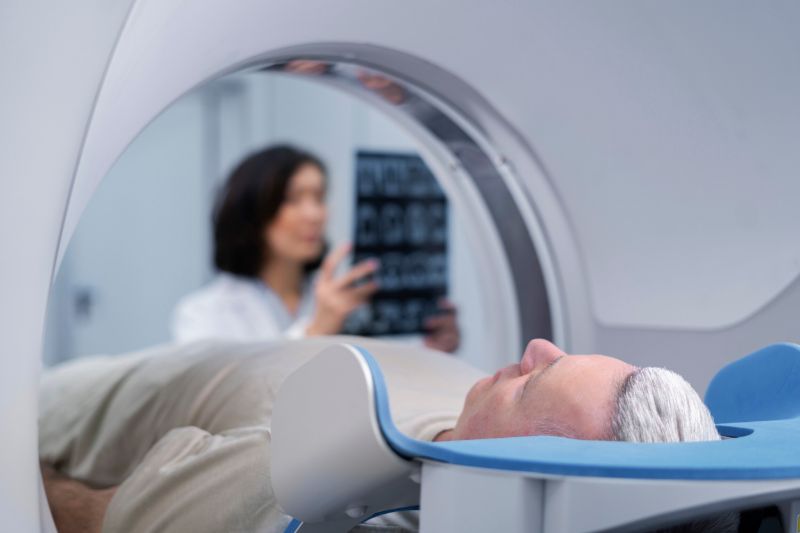Quick Links
For Patients
For Physicians
- Refer a patient to a specialist
- Order labs for patients
- Order radiology for patients
- Order At-Home Services
- Get your practice listed
For Companies

© Copyright 2024 American TelePhysicians. All rights reserved.






Meningitis is inflammation of protective tissue layers that cover the brain and spinal cord, collectively known as the meninges. The inflammation leads to some symptoms like a stiff neck, headache, fever, and seizures. The causative agents of meningitis are infectious bacteria, viruses, fungi, etc. it may also be caused by other inflammatory conditions like SLE, sarcoidosis, drugs, chemicals, etc. If treatment is started on time, the prognosis is good; otherwise, it can lead to serious complications.